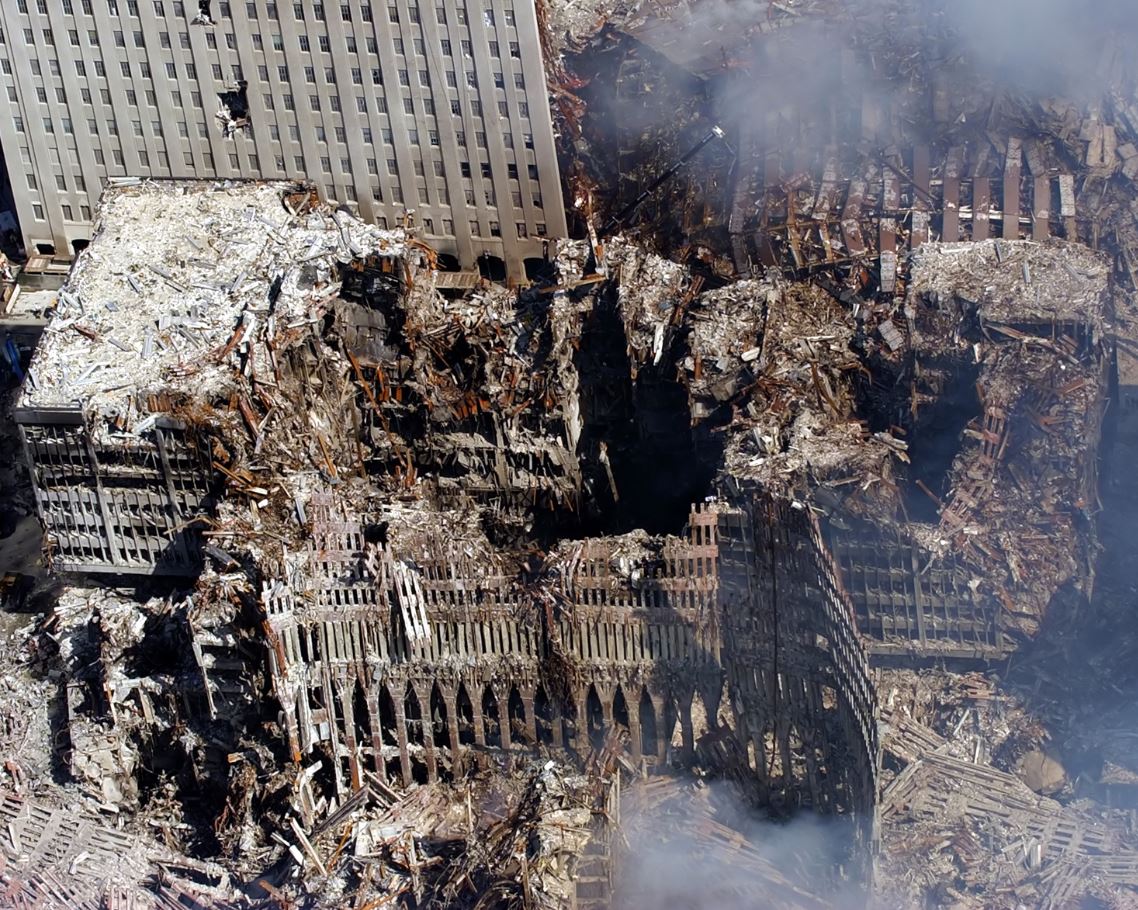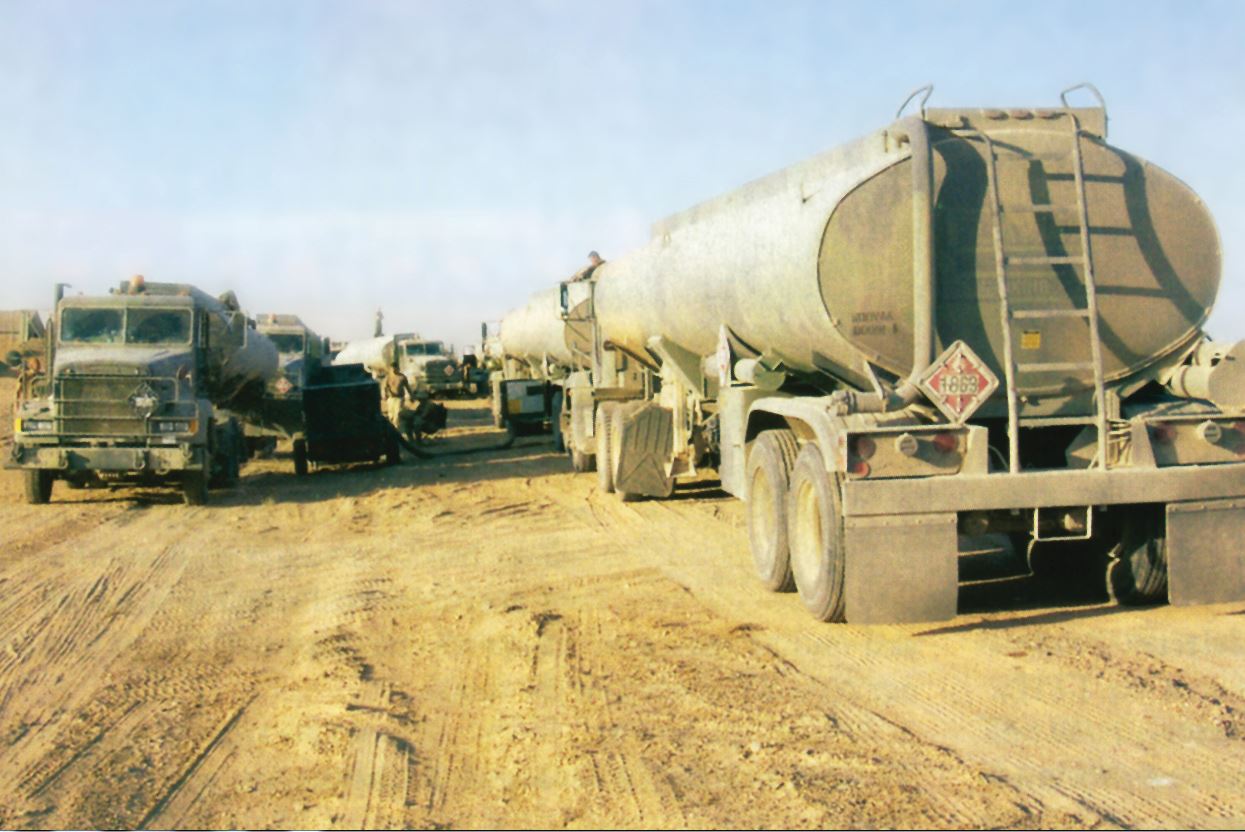Since Sept. 11, 2001, America’s Warrior-Citizens have brought their unique skills and capabilities to Contingency and Theater Security Cooperation missions around the world in support of Overseas Contingency Operations.

9/11
On Sept. 11, 2001, terrorists hijacked and deliberately crashed passenger jets into the World Trade Center in New York City and the Pentagon in Arlington, Virginia. Another hijacked passenger jet crashed into a field near Shanksville, Pennsylvania.
In the first war of the 21st century, Army Reserve Soldiers served on the front lines. Nine were among the nearly 3,000 killed in New York, and Army Reserve Soldiers and units, responding in their civilian capacities, were among the first on the scene, supporting rescue and recovery operations and securing federal facilities across the Nation.
The 77th Regional Support Command in New York, New York, commanded by then-Brig. Gen. Richard S. Colt, led the Army Reserve’s response to the World Trade Center attacks. The command identified and quickly delivered support items to aid in the disaster recovery effort and assisted rescue workers at Ground Zero.
Army Reserve emergency preparedness liaison officers in the New York City area responded promptly and were vital to the rescue and recovery operation. Soldiers of the Army Reserve’s 311th Quartermaster Company (Mortuary Affairs) from Aguadilla, Puerto Rico, deployed volunteers to the Pentagon within 72 hours and set up operations in the north parking lot of the Pentagon. The men and women of the 311th had the grim task of searching through tons of debris for remains and personal effects.

IRAQ
In the winter of 2002 and the spring of 2003, Army Reserve units mobilized in support of combat operations in Iraq. Largely from combat service support or logistics units, these Warrior-Citizens operated ports, hauled fuel, repaired equipment, and supported the theater across a broad spectrum of operations. Combat support units such as military police battalions, engineer bridge companies, Civil Affairs detachments, and psychological operations mobilized and met vital requirements.

AFGHANISTAN
The ground war began in Afghanistan on Oct. 19, 2001. From the beginning, Army Reserve Soldiers served alongside Active Component Soldiers. Army Reserve public affairs Soldiers went into the mountains of eastern Afghanistan with the 101st Airborne Division in Operation Anaconda.
The 911th Forward Surgical Team supported the 10thMountain Division during medical assistance missions. The 310th Psychological Operations Battalion served in the isolated mountain regions determining the needs of the people and organizing the delivery of food, bottled water, and medical aid.
In 2002, the 489th Civil Affairs Battalion served with U.S. Army Special Forces throughout Afghanistan conducting humanitarian assistance operations. The 489th also rehabilitated critical infrastructure such as basic healthcare clinics, hospitals, food distribution centers, and supported civil authorities by advising Afghan government officials.
Pictured top: Twin Towers aftermath. Portions of the outer shell of the North Tower lean against the remains of the World Trade Center. The terrorist attack on Sept.11, 2001, caused the Twin Towers to collapse, and the rest of the complex was destroyed. Middle: The attack on Sept. 11, 2001, caused extensive damage to the west face of the Pentagon. Agents from several federal agencies, firefighters, rescue workers, and engineers set up command posts in the parking lot and began recovery, and search and rescue efforts. Bottom: Soldiers from the 362nd Quartermaster Battalion (Petroleum Supply) Kinston, N.C., conduct a tanker-to-tanker transfer at a forward operating base east of Fallujah, Iraq.